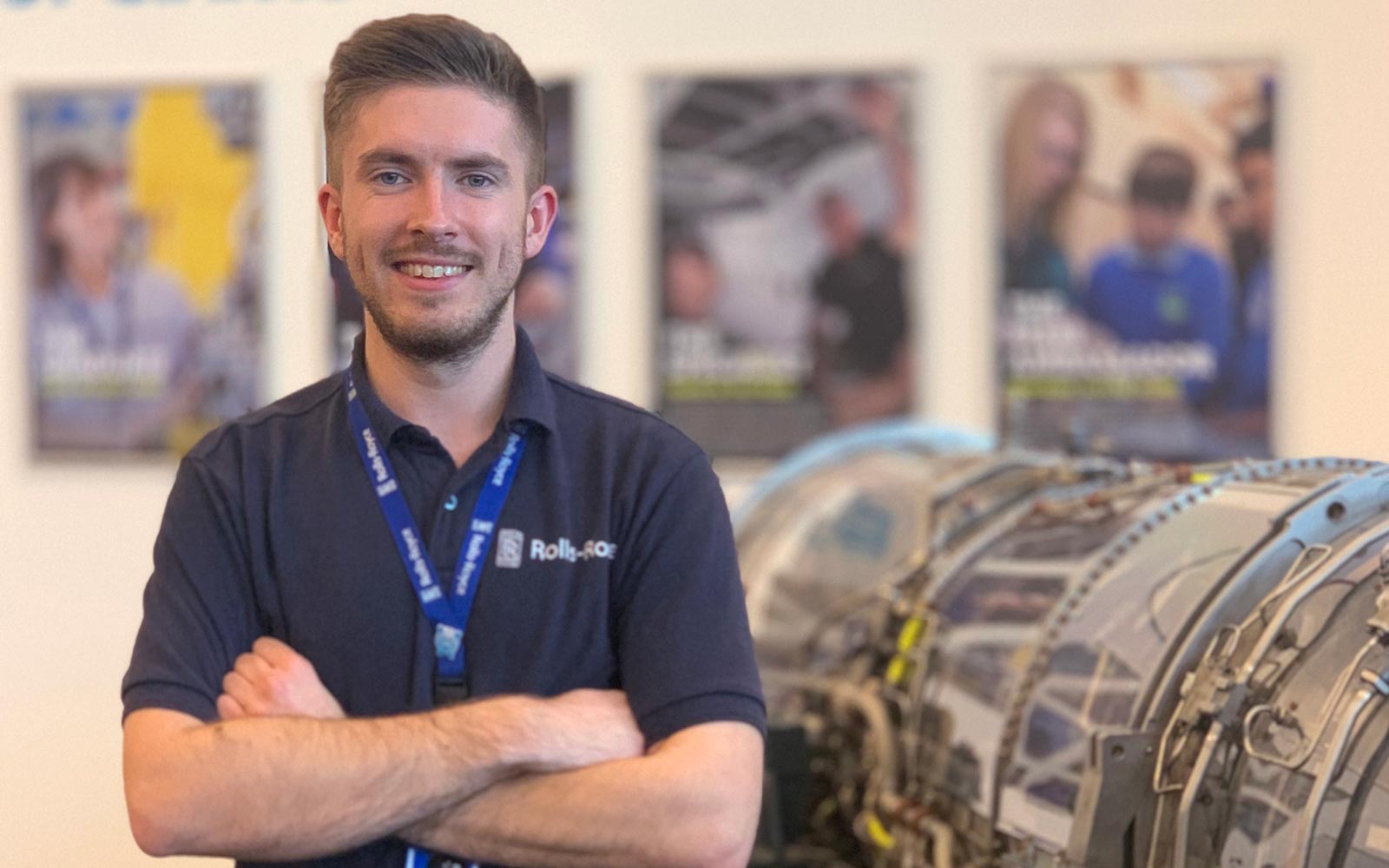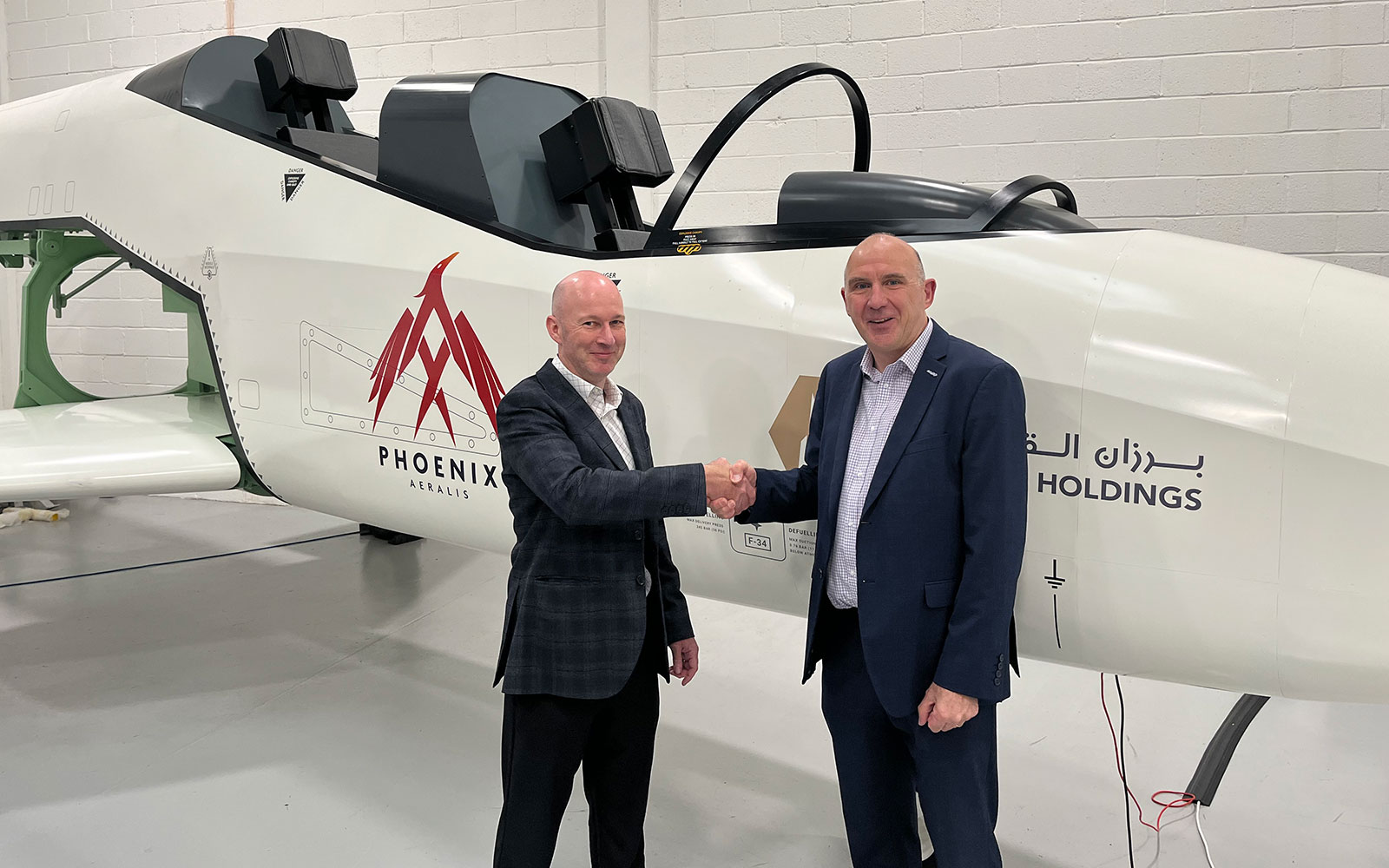How Aerogility supports Rolls-Royce with sustainability goals in a ‘nothing short of fantastic’ partnership

Andy Eady, Sustainability Executive at Rolls-Royce
Aerogility recently announced a five-year enterprise-wide contract with Rolls-Royce, the renowned aerospace and defence company, which will make use of Aerogility’s AI-based enterprise digital twin solution. Rolls-Royce has already used the Aerogility solution to develop complex forecasts that inform safe and trusted decision making.
Following the new deal, Aerogility will build on the success of its relationship with Rolls-Royce across multiple divisions, which has already resulted in Rolls-Royce teams working with Aerogility receiving two awards, the Defence President’s Award and the Sir Frank Whittle Medal.
Here, we catch up with Andy Eady, Sustainability Executive at Rolls-Royce, to discuss the company’s sustainability goals and the role the Aerogility solution has played in realising these.
1. Can you provide an overview of Rolls-Royce’s sustainability goals and initiatives?
As a leading power systems provider, Rolls-Royce has a fundamental role in addressing the environmental and societal challenges that the world faces. We are determined to use our position, capabilities and expertise as a global power group to help create a resilient, inclusive, net zero carbon future and accelerate the decarbonisation of the sectors we serve. One of the key enablers for realising our sustainability ambitions will be the use of digital tools — such as enterprise digital twins — to monitor and reduce our environmental impact through the life of our products.
2. Were there specific challenges or gaps in the existing sustainability modeling approach that led to the consideration of Aerogility?
Our existing Aerogility solution was already doing a fantastic job, providing an enterprise twin of our product-service space. However, as we expanded our sustainability strategy and learned more about our customers’ sustainability ambitions, it became clear we needed to be able to model three core themes: the use of technology, the support of that technology and the environmental impact of using such technology. Aerogility, with its repeatable agent-based framework, provided a natural foundation for introducing additional functionality that would allow us to model the environmental dimension.
3. What specific aspects of sustainability does Aerogility help Rolls-Royce model and manage?
Aerogility enables us to model the environmental impact of our products in service and various elements of the support enterprise, such as the energy consumption at sites like maintenance, repair and overhaul (MRO) facilities, inventory stores, or even general office blocks. We use the solution to test different scenarios and plot potential routes to net zero. This approach also allows us to optimise life costs while maintaining asset availability.
4. Can you share examples or scenarios where Aerogility has proven particularly valuable in sustainability decision-making?
Aerogility’s sustainability modeling has provided added value in our Future Programmes domain, supporting projects such as the Future Combat Air System (FCAS) and the Global Combat Air Programme (GCAP). These are very forward-thinking initiatives — with industry-leading sustainability aspirations — and involve long product lifecycles, which makes them particularly well suited to being modeled with Aerogility.
We’ve already used the tool to give us an estimate of the carbon footprint for the duration of the initiative, which provides us with a baseline view from which we can evaluate potential decarbonisation levers.
5. Have there been any measurable benefits or notable improvements in sustainability outcomes or resource utilisation since using Aerogility?
With sustainability in defence aerospace a relatively new topic, there isn’t a rulebook or framework that you can look up and find all the answers. Aerogility offers real value here, providing us with a clear visual illustration of our business decisions over a long period of time, which really brings the sustainability impact to life at a time when there isn’t an established precedent for gaining insights in this area. We are able to zoom into carbon, for instance, and assess how we might maintain our existing decarbonisation efforts even at time of surge operations.
Alternatively, we can take a look at energy and assess whether our synthetic fuel manufacturing output is sufficient to deal with a surge event in 2040. Or we could identify the optimal global location for our inventory, balancing costs, logistical considerations and the carbon impact.
Ultimately, having the Aerogility solution in place means we’re able to ask the right questions and explore meaningful answers, cutting through the ambiguity and uncertainty that might otherwise exist as a large, complex organisation operating in a fast-changing landscape.
6. What role do you play in the sustainability modeling process and how has Aerogility supported your efforts?
As sustainability executive, I lead the sustainability elements of the FCAS/GCAP efforts at Rolls-Royce. I first started working with Aerogility in 2020 and, together, we identified the opportunities to model aspects relating to sustainability.
Over the past few years, the Aerogility team has been fantastic in translating my loose ideas into consolidated technical requirements and delivered rapidly; the speed and quality of the development teams’ work is genuinely nothing short of fantastic. Throughout this process, I have been able to use Aerogility technology to articulate the importance of sustainability, which has subsequently enabled us to establish Rolls-Royce as thought leaders in the digital sustainability space. I am immensely proud of the collaboration with Aerogility, and excited to see where we go next.
7. From your perspective, what standout features or capabilities of Aerogility have contributed the most to Rolls-Royce’s success in sustainability modeling?
A real breakthrough in our work with Aerogility was gaining the ability to start modeling our energy decisions and the impact of these on our operations. One example includes our exploration of how we might approach the manufacturing of synthetic fuel for a future sustainable air force. We’re able to explore constraints around energy supply affecting fuel output, constraints around the amount of fuel storage facilities and disruptions to distribution routes, as well as looking at the effect of extreme weather across this chain.
This exploration is really powerful and highlights the complexity of a modern defense aerospace enterprise, while also incorporating the importance of understanding emerging risk relating to the effects of climate change. We can interrogate what might happen if a storage facility floods, for instance, or if an MRO facility is affected by a forest fire. Understanding how to de-risk this situation is possible thanks to the Aerogility solution.
8. What would Rolls-Royce highlight as the key takeaways from using Aerogility?
I love the phrase ‘hindsight in advance’. It does exactly what it says on the tin. Aerogility allows you to really focus on optimising the most important KPIs in your enterprise, whether that’s asset availability, flying hours, or output at an MRO site.
9. Do you expect the way you make use of Aerogility’s solution to evolve over the years ahead, and if so, how?
I am really excited to see where we go next, especially considering the recent contract announcement. There is a brave new world out there with lots of exciting innovation in the digital space. I am sure we will continue to explore further optimisation and innovation within the Aerogility solution over the next few years.
Most recent news

AERALIS deploys Aerogility’s AI for future fleet planning

Aerogility continues leadership expansion with appointment of Patrick Corrigan as Head of Customer Success

Maximise your flights with minimal aircraft: Navigating aircraft supply and demand challenges
